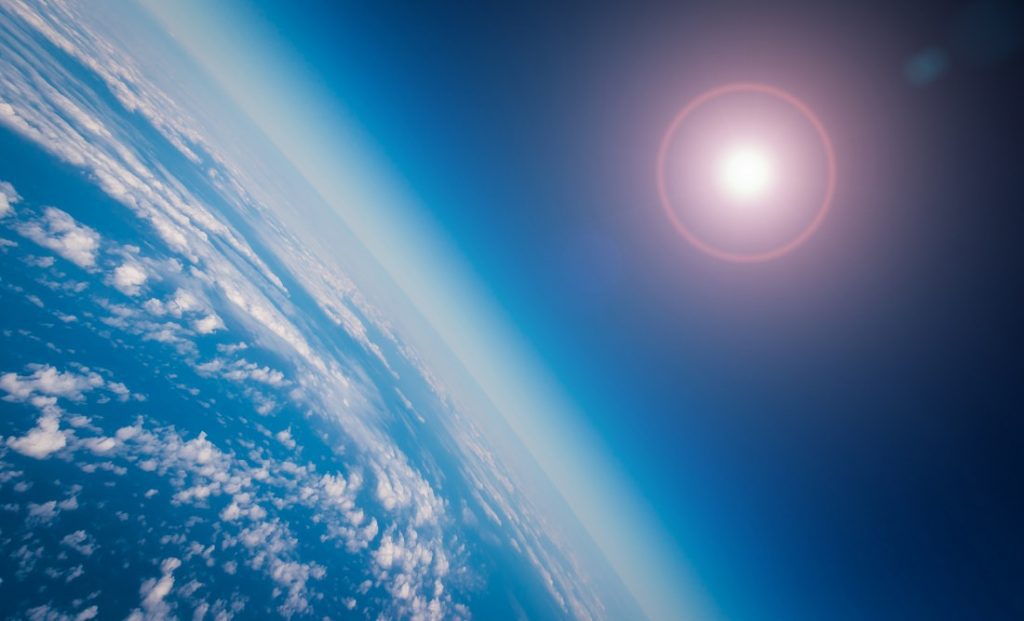Our sun shines bright amongst the glittering array of stars like a lighthouse surrounded by ships on a dark, cold night, each ship as dependant as the other on its guiding light. It firmly takes its place in the centre of our universe. Despite its hypnotic beauty, burning hot red solar flares spew from its angry orange surface into the dark and empty abyss of space.
These ultraviolet rays from the sun are extremely harmful to any life that is unfortunate enough to cross its path. However, the earth has developed its defence system to protect us from the sun’s harsh scorching rays, the ozone layer.
The ozone layer is a three-to-five-millimetre-thick layer of oxygen which consists of a molecule called “Ozone”. A single molecule of Ozone contains three oxygen atoms, and the layer of Ozone lies between the stratosphere and the troposphere.
This thin layer of oxygen protects life on the earth by blocking two out of the three types of ultraviolet radiation emitted from the sun. UV-B is one type of ultraviolet radiation that is blocked by the ozone layer, which is especially dangerous to life under continuous exposure. Intense and constant exposure to UV-B can cause sunburn and skin darkening and even trigger skin cancer.

Ultraviolet radiation isn’t just harmful to humans as it affects all lifeforms. Constant exposure to UV-B radiation can impair photosynthesis in plants as well as reduce their size, productivity and ability to germinate. The ozone layer then is a gift by mother nature, a protective dome as it absorbs most of the harmful radiation emitted by the sun.
However, though this magnificent natural barrier seems indestructible as it battles the scorching hot rays of radiation the sun produces every day, it’s quite the opposite. Our ozone layer is a delicate structure and should be monitored closely. Yet, with the rise of industrialisation and continuous production to feed our ever-growing population, it has been damaged.

Since the 1930’s we have been creating revolutionary new products that propelled the world further into an age of technology. However, during the process of creating these new technologies, various types of by-products were released and polluted the atmosphere.
One such by-product is CFCs (Chlorofluorocarbons). CFCs are extremely harmful to the ozone layer as CFCs can react with the Ozone to produce chlorine monoxide and oxygen. As more and more CFCs were expelled into our atmosphere, the weaker and thinner our Ozone layer became.
CFCs continued to be dumped into our atmosphere for years through applications such as refrigerators, air conditioners, packing materials and aerosol cans until 1985 when scientists made a shocking revelation. It was discovered that almost 40% of the ozone layer above the Antarctic had dissipated! Scientists further warned that humans were on a trajectory to completely burn up the entire Ozone layer by 2050.

However, all was not lost, as in 1987, the world came together to ratify the Montreal Protocol, an international agreement that focused on protecting the ozone layer by targeting and banning specific ozone layer damaging substances. To this day, it remains the only international treaty to be ratified by every country in the United Nations and, it has had a profound effect on the recovery of our ozone layer as it started to heal during the latter years.
Later the United Nations announced World Ozone Day to be observed on September 16th every year to spread awareness among people about the depletion of the ozone layer and find possible solutions to preserve it.
On this day, people from all over the world hold talks and seminars on the ozone layer. Educators teach students about the benefits of the Ozone layer and special events and activities are organized to spread awareness.

How can we protect the ozone layer?
Avoid the consumption of gases dangerous to the ozone layer, due to their content or manufacturing process. Some of the most dangerous gases are CFCs (chlorofluorocarbons), halogenated hydrocarbon, methyl bromide and nitrous oxide. Minimize the use of cars. By doing these things we can protect the ozone layer.

Now we understand the importance of the ozone layer to the survival of life on Earth and conversely how fragile it truly is. So, on this World Ozone Day, let’s make an effort to understand how we can reduce our impact on the ozone layer and accelerate its recovery process.
Whether that is through understanding the harm that using old appliances can have or making sure to avoid buying products which release any harmful gasses into the atmosphere, let’s understand the deeper implications of our choices and learn to make the right ones and protect the ozone layer.
Sunlight makes life possible, but the ozone layer shields life on earth. Remember, earth without the ozone is like a house without a roof.
Written by: Rtr. Himeth Sewmin and Rtr. Peruka Lakshika Fernando
Graphic design by: Rtr. Vidushi Pathirana and Rtr. Pasan Pankajith



0 Comments